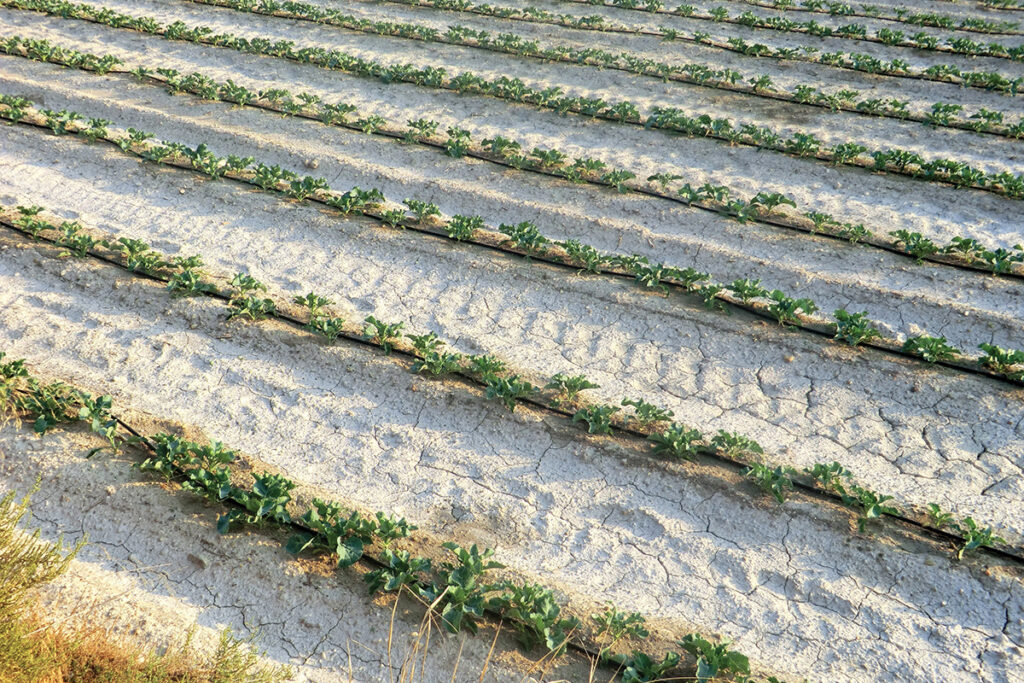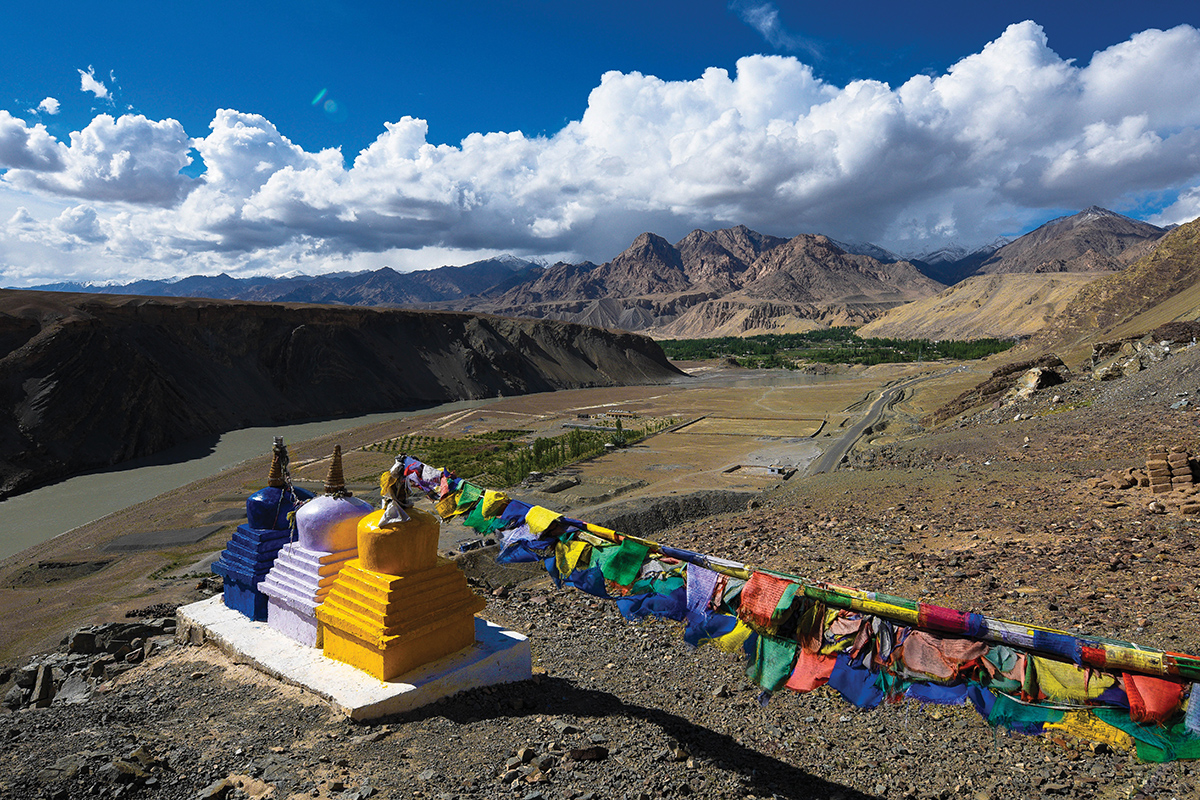This special issue of PERC Reports explores the West’s water crisis and how markets can address today’s shortages. Read the full issue.
Nearly three decades ago, while I was a graduate student in Washington, D.C., I worked on a Defense Department project forecasting future international conflict. My task was to write about the risk of an India-Pakistan war over access to water from the Indus River. To be honest, I can’t remember the details of what I said, but I can imagine my outlook colored dire.
If that’s right, the prognosis was off. India and Pakistan have not gone to war over water. Nor have any other countries, thanks in no small part to the continuing relevance of Julian Simon’s insight that human ingenuity, combined with global markets, can both mitigate and adapt to natural resource scarcity.
Predictions of a near future of water wars have a long history. Former U.N. Secretary General Boutros Boutros-Ghali warned in 1985 that the next war in the Middle East would be “fought over water, not politics.” It wasn’t. (Nor was the one after that, or the one after that … ) But Kofi Annan, Boutros-Ghali’s successor, was happy to double down and suggest that “competition for fresh water may well become a source of conflict and wars in the future.” In fact, in a list of 1,298 conflicts involving water going back over 3,000 years maintained by the Pacific Institute, none are interstate wars actually caused by conflict over water—though it has been a contributing factor, and lives have certainly been lost over water access and rights.

Looking forward, there are increasing challenges to sustainable water provision in regions from California to the Aral Sea and the Indus River Basin to the Jordan River Valley. Globally, as much as a third of the world’s population already lives in areas that have access to fewer than 1,700 cubic meters of fresh water per person per year, the tipping point into “moderate water shortage,” according to one measure of water stress. That’s up from 9 percent in 1960. And many aquifers worldwide are being drained at unsustainable rates.
But it is worth noting that this challenge has grown while global life expectancy has climbed from 50 to 73 years and extreme poverty rates have dramatically declined. World famine deaths plummeted from about 16 million in the 1960s to around a quarter of a million in the first half of the 2010s, while global calorie supplies have risen from 2,192 per person per day in 1961 to 2,928 in 2018. And that’s particularly relevant because about 70 percent of global freshwater use is for agriculture.
The decoupling is the result of new technologies that reduce the amount of water needed to grow crops as well as international trade in food. Drip irrigation practices and drought resistant crops are just two of the innovations that allow crops to be produced even with limited, erratic water supply. Meanwhile, more than a fifth of global food production is traded, with world prices for foodstuffs declining over time: The inflation-adjusted global price of soybeans, wheat, and maize in 2020 was less than half of that in the 1960s. As recent conflicts in Yemen and Ukraine demonstrate, in the modern world, famine is an act of war rather than an inevitable Malthusian endpoint, and shortages are linked to barriers to trade.
A richer world with an additional two billion people in it in 2050 will likely demand more fresh water than ever. But the combination of further technological advances and trade can ensure water scarcity won’t become a binding constraint on progress, limiting water wars to works of fiction.
Meanwhile, water for direct domestic consumption—about 12 percent of total freshwater withdrawal worldwide—remains very cheap. If anything, the price is often too low, generating insufficient revenues for water and sewage companies to extend and maintain their systems. The Water Security Solutions Center suggests the average combined water and wastewater rate is about $4.00 per cubic meter in Europe and North America and between $0.50 and $1.50 in the rest of the world. The World Health Organization recommends a minimum of between 50 and 100 liters of water per person per day. At $1.50 per cubic meter, the daily minimum would cost on the order of $27 per year. For the 690 million people worldwide in extreme poverty, meaning they live on less than $1.90 a day, that’s a lot—about 4 percent of their total expenditure. But the bigger problem is that the majority of extremely poor households aren’t connected to the water network at all. Higher prices would help provide the investment resources to get them connected. Meanwhile, as a proportion of global average income, $27 is about 0.2 percent.
A richer world with an additional two billion people in it in 2050 will likely demand more fresh water than ever. But the combination of further technological advances and trade can ensure water scarcity won’t become a binding constraint on progress, limiting water wars to works of fiction. Not least, the cost of desalination has fallen as much as 90 percent since the 1960s, and in many countries it is now less than $1.00 per cubic meter. If renewable energy costs decline and technologies continue to improve, the price will fall further.
As Julian Simon and Herman Khan argued nearly 40 years ago in The Resourceful Earth, we could surely do with better institutional management of water in the United States and worldwide. Even so, we aren’t going to run out or have to fight it out over what is left.




